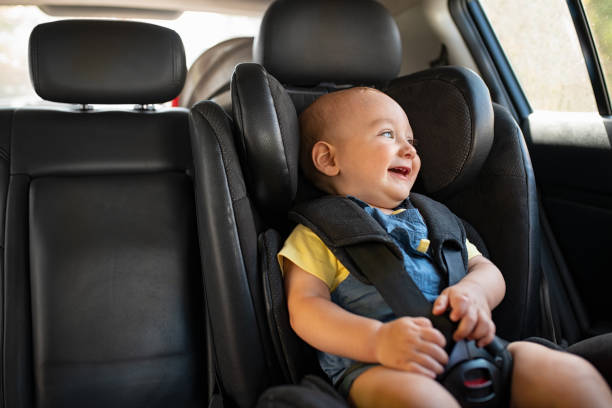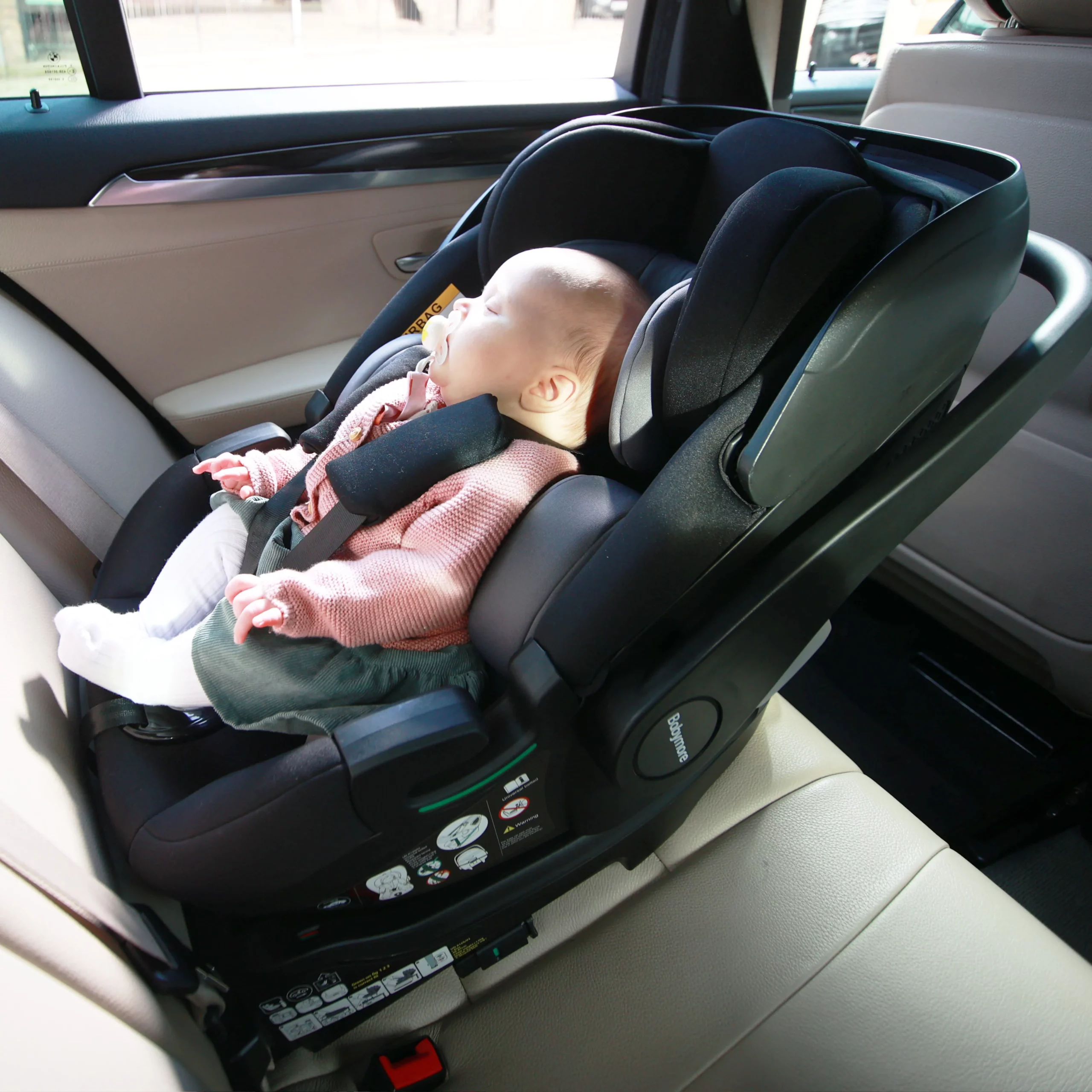Top Tips for Installing Your Baby Car Seat Correctly
Installing Your Baby Car Seat Correctly

Ensuring your baby is safe during car journeys is every parent’s top priority, and one of the most important steps you can take is installing your baby’s car seat correctly. A properly installed car seat can significantly reduce the risk of injury in case of an accident, but statistics show that many parents unknowingly install Your Baby Car Seat incorrectly. To help you navigate the process, here are some essential tips to make sure your car seat is installed safely and correctly.
Babymore: A Trusted Brand for Baby Products

Babymore is a trusted British brand that specializes in designing and manufacturing high-quality nursery furniture and baby products. With years of experience, Babymore offers a wide range of award-winning cribs, cot beds, mattresses, prams, pushchairs, and car seats. Their dedication to safety and comfort ensures parents can trust the products they choose for their little ones.
Choose the Right Car Seat
The first step in ensuring your baby’s safety is selecting the right car seat for their age, weight, and height. Car seats come in three main types: rear-facing, forward-facing, and booster seats. Infants should always start in a rear-facing seat, as this provides the best protection for their developing neck and spine.
When choosing a car seat, consider these factors:
- Age recommendations (always check the manufacturer’s guide)
- Weight and height limits
- Convertible seats that can grow with your child
Read the Car Seat Manual Thoroughly
Before you even attempt to install your car seat, make sure to read both the car seat manual and your car’s owner manual. Every car seat is different, and knowing the specifics of your model will make installation easier and safer. The manual will outline which installation methods are compatible with your car and provide detailed instructions on how to secure the seat properly.
Use the Right Installation Method
There are two main methods for installing a car seat: using the vehicle’s seat belt or the LATCH system (Lower Anchors and Tethers for Children). Both methods are safe when done correctly, but you should never use both at the same time unless the car seat manual explicitly allows it.
- Seat Belt Installation: Ensure the belt runs through the correct belt path, and lock it in place to prevent movement. Many modern cars have automatic locking seat belts designed for car seats.
- LATCH System: This method uses built-in anchors and tethers in your car. Most cars made after 2002 are equipped with LATCH, which allows for an easier installation without using the seatbelt. Be sure to attach the tethers tightly and check for movement.
Ensure the Seat is Tightly Installed
A properly installed car seat should not move more than an inch in any direction. After installing the seat, give it a firm tug at the base to check for tightness. If the seat wobbles or shifts, it is not secure enough and needs to be reinstalled.
Some tips for checking tightness include:
- Push down on the car seat with your weight while tightening the straps.
- Make sure there’s no slack in the seatbelt or LATCH system.
- Double-check the seat angle, especially for rear-facing car seats.
Pay Attention to the Car Seat Angle
For rear-facing car seats, it’s crucial that they are reclined at the proper angle. Most infant car seats come with an angle indicator or a recline adjustment feature. Babies’ airways can be obstructed if they are too upright, especially for newborns who cannot yet hold their heads up.
Follow these steps to ensure the correct angle:
- Use a towel or foam noodle if needed to adjust the seat to the proper angle.
- Ensure the seat is secure after making any adjustments.
Use the Harness Properly
After installing the car seat, it’s essential to use the harness correctly to keep your baby secure. The harness should lie flat against your child’s body with no twists. Make sure to adjust the straps so they are snug. The harness is tight enough when you cannot pinch any slack at the shoulder level.
Important harness tips:
- For rear-facing seats, the harness straps should be at or below your baby’s shoulders.
- Make sure the straps fit snugly but are comfortable for your baby.
Conduct a Final Safety Check
Once the seat is installed, perform a final check to ensure everything is properly secured. Double-check the tightness of the installation and the harness. Make sure all components are correctly placed according to the car seat manual. Additionally, ensure the car seat has not expired (check the expiration date on the seat) and that it has not been involved in any accidents, as even minor crashes can compromise the safety of the seat.
Have the Installation Inspected
Even if you follow all the steps, it’s a good idea to have a certified car seat technician inspect your installation. These professionals are trained to spot mistakes and can provide peace of mind that your child is as safe as possible in the car.
Conclusion: Safety Comes First
Properly installing your baby’s car seat is essential for their safety, and following these tips will ensure the seat is secure. Choose the right seat for your baby, follow the manufacturer’s instructions, and always double-check your installation. By taking the time to get it right, you can drive with peace of mind knowing your child is as safe as possible. Don’t hesitate to seek professional advice if you’re unsure about your installation, as every step you take can make a significant difference in your child’s safety.




